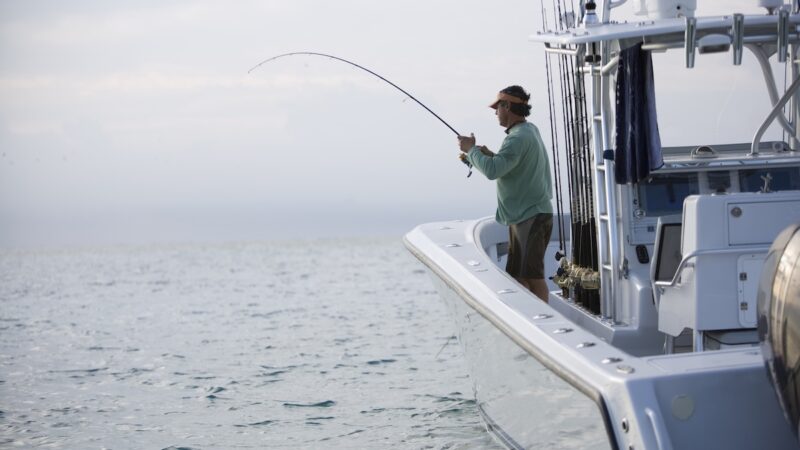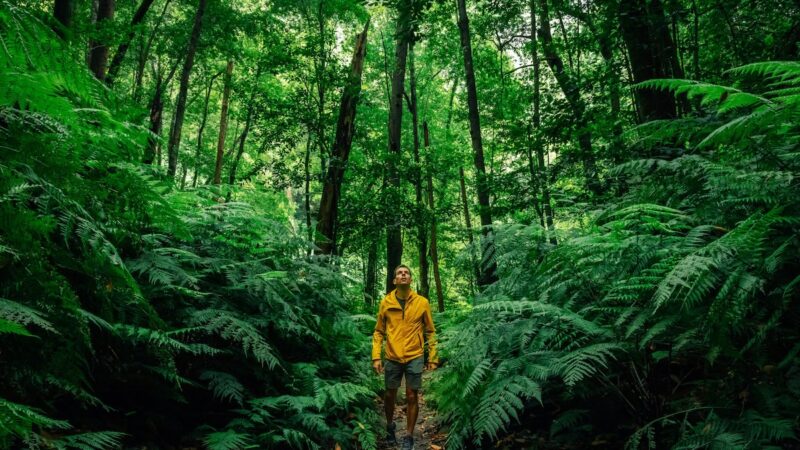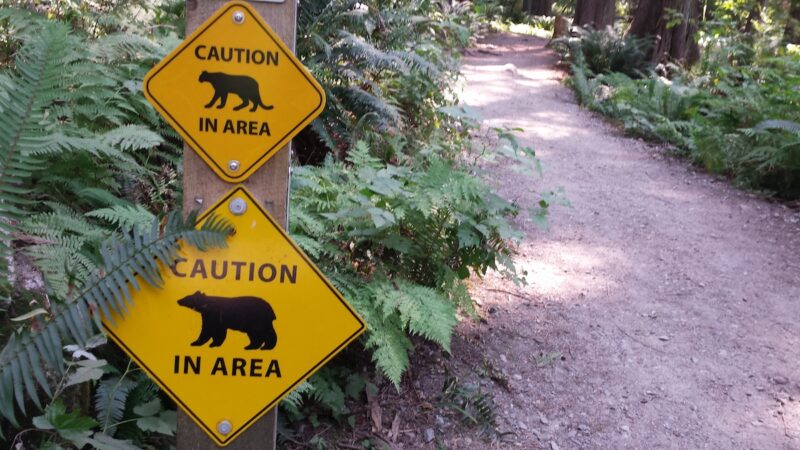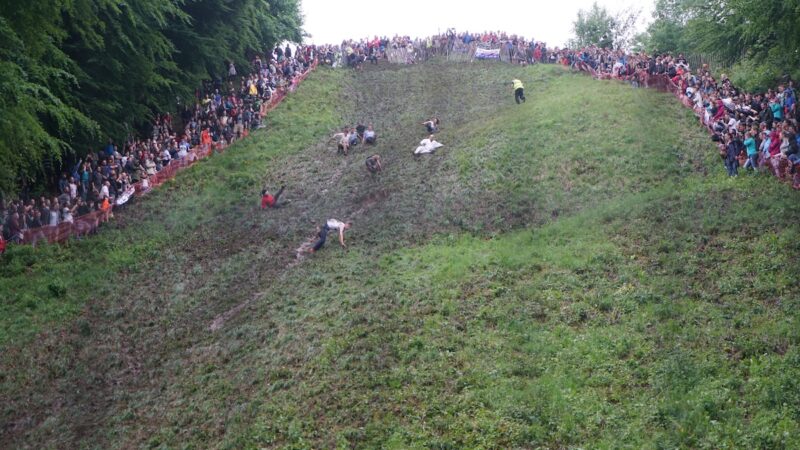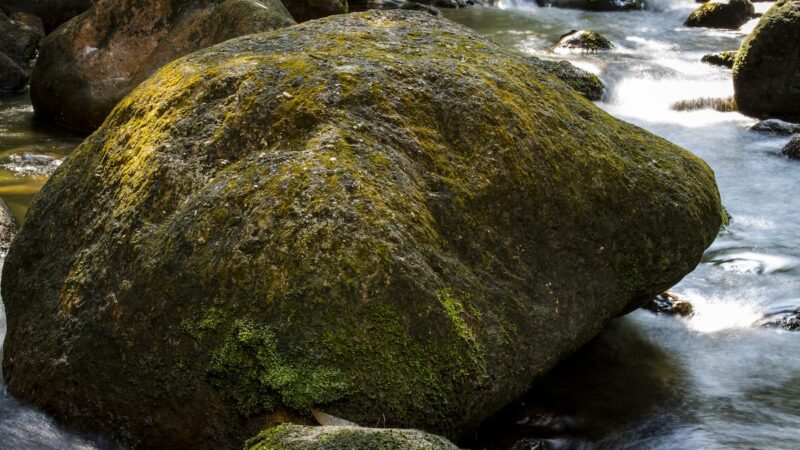Your Ultimate Guide to Ice Climbing, From a Mountain Guide
Ice climbing is a thrilling and challenging pursuit that allows you to transform winter landscapes into vertical playgrounds. As you embark on this adventurous journey, it’s crucial to be equipped, both physically and mentally, to ensure a safe and enjoyable experience. In this ultimate guide to ice climbing, we’ll explore essential gear, techniques, and tips that I’ve learned from over a decade of experience as a mountain guide.
Videos by Outdoors
This post contains affiliate links. Outdoors.com may earn a commission when you make a purchase through these links. Thank you for your support.
Essential Ice-Climbing Gear

1. Ice Tools
One of the most critical pieces of equipment for ice climbing is a reliable set of ice tools. The Petzl Nomics are my top choice for their precision, versatility, and ergonomic design. Nearly all of the axes in Petzl’s lineup have the same head attachment point. This means that you can easily change the picks between tools as seasons and objectives change. You can also choose between a hammer, adze, or neither, to further fine-tune for the objective. I’ve found that the steel in the picks is some of the most durable on the market, so I don’t end up burning through picks nearly as fast as I do with other tools.
2. Crampons
The second essential piece of kit for ice climbing are your crampons. These “foot knives” help keep your feet solid in the ice and prevent slipping when walking around an iced-up base or drop area. My favorite crampon right now is the CAMP Blade Runner. It has the ability to switch between dual front points or a mono front point, as well as ice or snow front points. The heel is specifically designed to give great power transfer so that every kick is less work for you and lands flawlessly in the ice.
3. Gloves
Choosing the right gloves is paramount in ice climbing, where exposure to freezing temperatures is inevitable. The Temres 282-02 gloves are designed to withstand extreme cold while offering dexterity and grip. These gloves are waterproof and insulated, providing the protection needed for handling ice tools, screws, and rope work. They are thin enough for climbing but warm enough for most belaying.
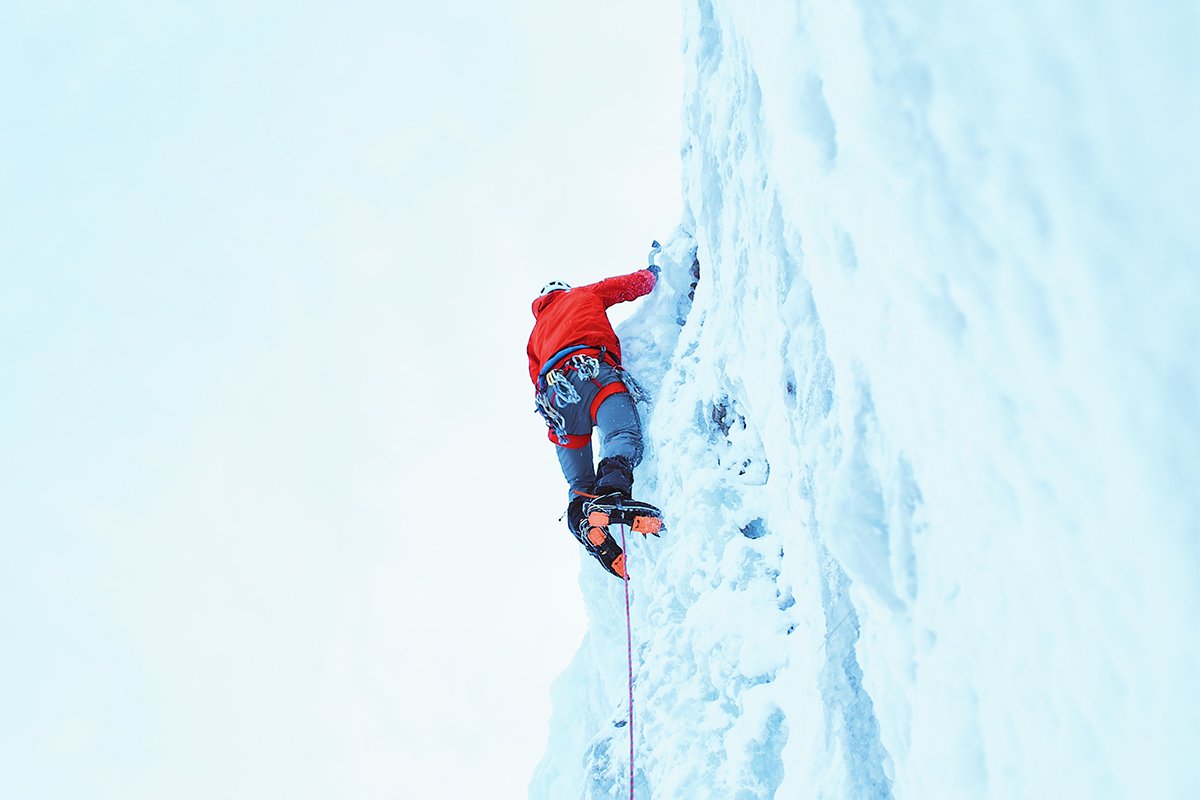
4. Sunglasses
Protecting your eyes from glare and harmful UV rays is essential during ice climbing. The Julbo Explorer 2 sunglasses with reactive lenses are specifically crafted for mountaineering and ice climbing. The photochromic lenses adjust to changing light conditions, getting darker with more light, and vice-versa. The wraparound design shields your eyes from wind and debris, offering both safety and clarity as you ascend.
5. Rope
A reliable and durable rope is a lifeline in ice climbing. I always opt for a dry-treated rope to prevent water absorption and ice buildup. The objective will dictate if I bring a single rope or half/twin ropes. A single rope is less to manage and is useful for climbs that have walk-offs for descent. Half/twin ropes are significantly skinnier and lighter but are more to deal with while climbing. The plus side is they allow for extremely long rappels on routes where you must rappel back to the base.
6. Backpack(s)
Efficiency and organization are key when it comes to packing for ice climbing. Having separate packs—one for the approach and one for the route—helps streamline your gear and access essentials easily. I’ll usually bring a 55L or 75L pack to the base and have a smaller 25L pack for on-route. The approach pack when left at the base will have my avalanche gear, emergency gloves, extra snacks, a larger med kit, and some warm drinks for the hike out. My on-route pack will have a smaller med kit, belay Parka, belay gloves/mitts, food, and a warm drink mix.
Essential Ice-Climbing Tips
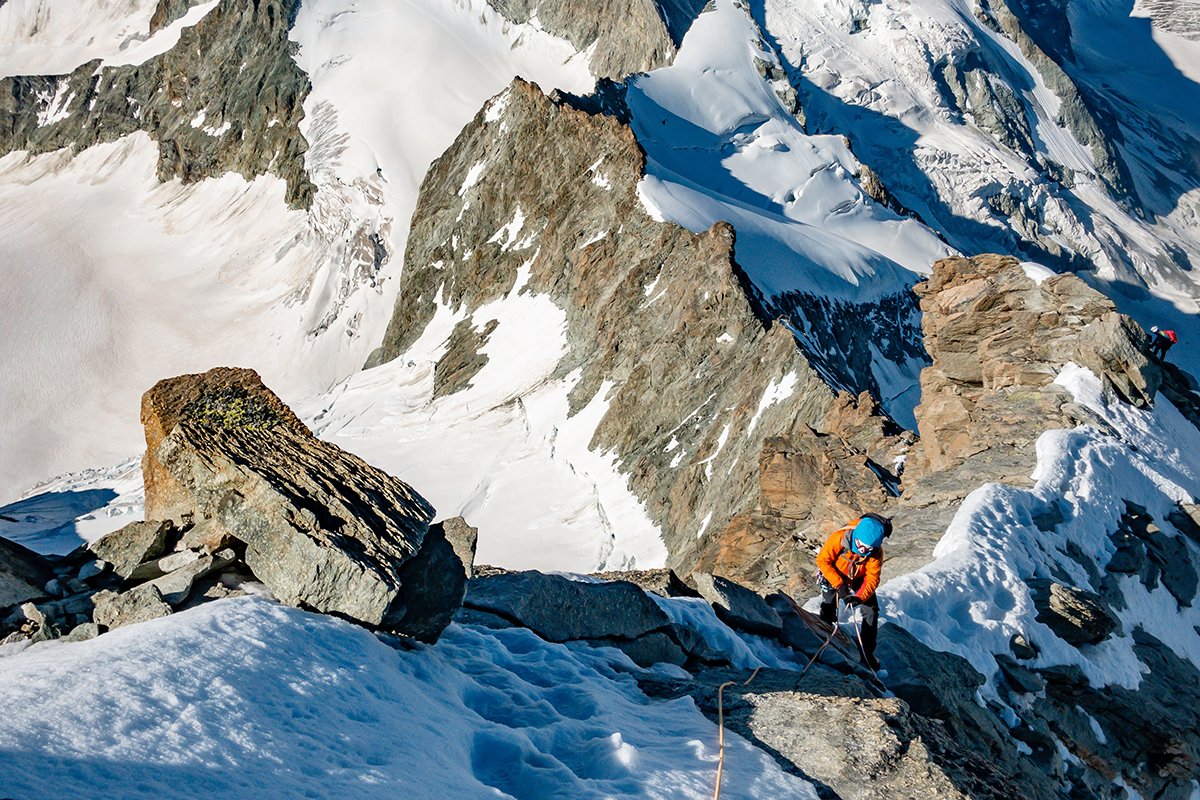
1. Warm Bone Broth in a Vacuum-Sealed Bottle
Staying well hydrated and fed is crucial during ice climbing, and warm bone broth in a vacuum-sealed bottle serves a dual purpose. Not only does it provide essential nutrients and warmth, but the vacuum-sealed bottle also prevents spills and keeps the broth from freezing. Sipping on warm bone broth between pitches helps maintain energy levels and keeps you fueled for the challenges ahead. Make sure to keep your bottle stored upside-down. This keeps the pool of liquid in the threads and will keep it from freezing shut.
2. Keep Snacks in Chest Pockets to Prevent Freezing
Cold temperatures can turn the most delicious of snacks into frozen bricks, making them impossible to consume. To prevent this, store your snacks in chest pockets close to your body. Your body heat will help prevent it from freezing. My go-to snacks include Snickers, a meat and cheese wrap, potato chips, and fruit snacks. Remember, you’re literally existing in a freezer, so there is no food dense enough that you can’t consume it. Go crazy.
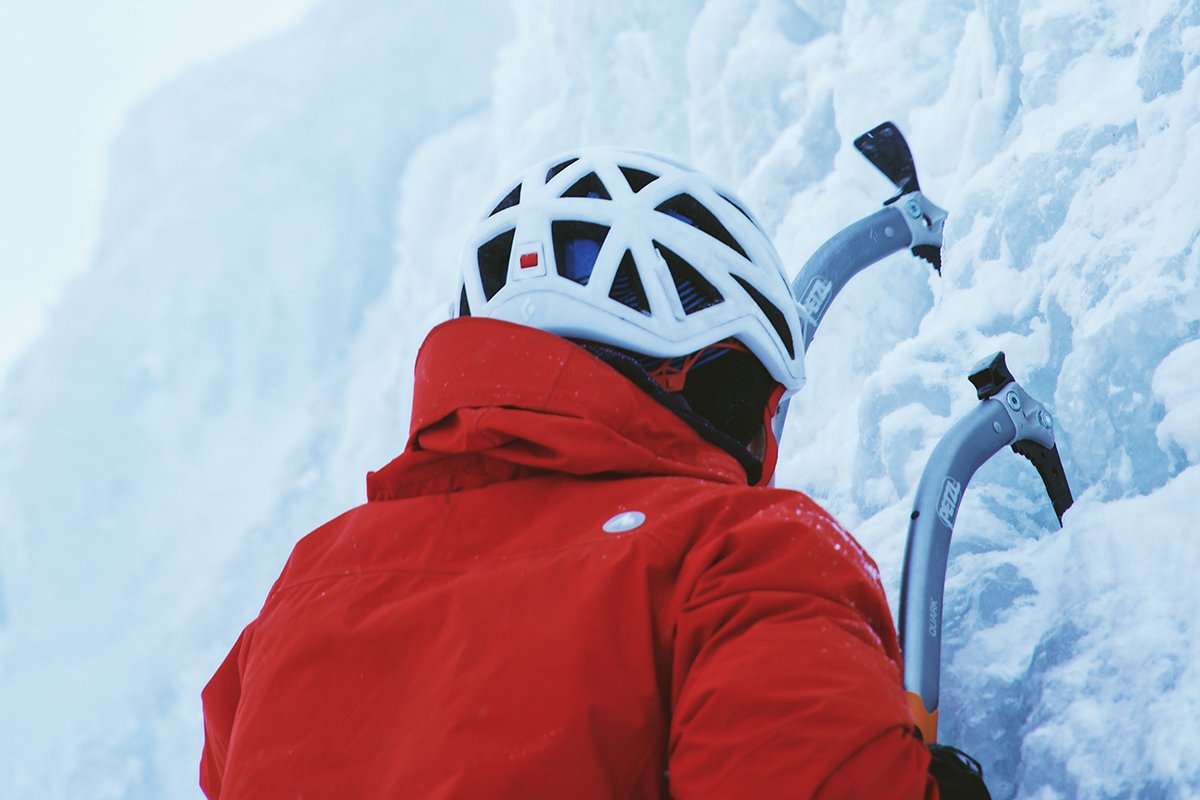
3. The ‘Gloven’
As you may have gathered, I believe self-care and staying organized are key to a successful day of ice climbing. A major component of that is switching immediately into “belay mode” once you’ve finished climbing a pitch. Get your belay parka on and zipped tight and swap out your thin climbing gloves for a thick pair of belay gloves. Storing the gloves you aren’t using under all your layers, close to your core, will ensure you’re always putting on nice warm gloves and keep your hands happy for the whole day. We affectionately call this, the “gloven.”
4. Windmills and Leg Swings
Maintaining warmth in your extremities is critical during ice climbing, where nimble fingers are essential. Incorporate arm windmills into your pre-climbing routine to increase blood flow and warm up your fingers. Rotate your arms in wide circles, gradually increasing speed. When on route, don’t forget to let go of your ice tool (don’t worry, it’ll stay put) and put your arm down to shake out and promote blood flow.
Finally, if it’s getting too cold on the route, take your hand, put it down by your side, and stick your hand out so your palm is facing the ground. Shrug your shoulder hard, and this will shunt blood to your hand and help warm it up as well.
Embarking on a day of ice climbing is an exhilarating endeavor, unlike any other form of climbing. Embrace the thrill of scaling frozen waterfalls and savor the unique beauty that you’ve carved out of the cold wintery landscape.
Source: https://outdoors.com/ultimate-guide-to-ice-climbing-from-a-mountain-guide/


